Iconic designs can embed themselves as powerful symbols in our minds, having the mental stickiness to persist for decades in our collective memory. An icon can be created via any type of design element: pattern (like Burberry tartan), color (Kodak Yellow or John Deere Green), or brand mark (the Google logo or BMW roundel). But the most typical method of generating an enduring icon is through form, in particular the silhouettes of shapes. From Coke and Heinz bottles to Converse Chuck Taylors, from Porsches to VW Beetles, form and shape are by far the most popular method. These forms become embedded in our brains (usually just one particular view of the form), to burn a silhouette into our neurons. The Iconic Piping trend emerged in the late 2000’s as designers merged the idea of emphasizing an iconic silhouette with a technique long-used in the Fashion industry: vibrant sewn piping that visually defines edges and boundaries. This method is actually a graphic technique (which is why it’s in the Graphic Trends section), as the silhouette is typically only iconic from one key view point (the side view of a Coke bottle is iconic, but the top view is not). So the piping becomes in essence a 2D graphic element that traces around a 3D form. Having this thin accent graphic meander around different sides of the form is possible, but defining the outline of the most iconic view point is critical. Traditionally, piping has been used in fashion as a thin contrasting line, but even subtle molded elements or thick color bands (as in the Newson shirt) are being explored. The automotive industry routinely uses chrome strips to serve this role as well, tracing their key signature elements with an accent of polished metal. The complexity of the iconic silhouette is also an important consideration: more simplified outlines that allow the piping to flow smoothly seem to be more successful than highly complex shapes that disrupt the flow of the accent line. When designing products using this visual theme, its almost best to start with the iconic stroke as a 2D gesture in 3D space, just like Picasso’s famous gestural sketches, then let the physical product fill in the middle. So designers, bring out your inner Picasso and get your piping on!










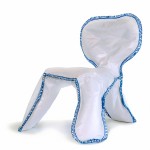
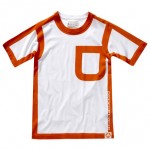
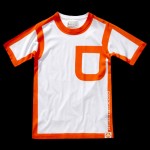

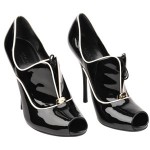




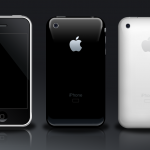


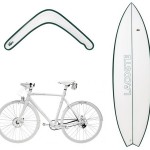


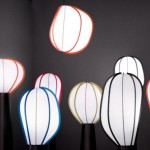

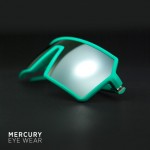
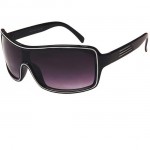
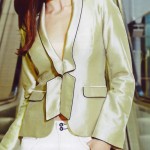
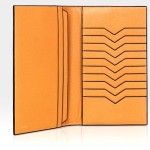
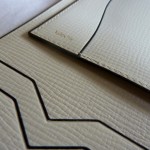
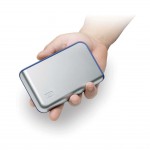
This is a really cool trend, can’t wait to use it on my next concepts! Love the site
We’re eager to see you use it too! Let us know when you have something to show, we’d love to show how this trend inspires your work.
-AWOL Trends
Really cool trend, I did not even realise it was a trend. I would love to see more products using this simple design